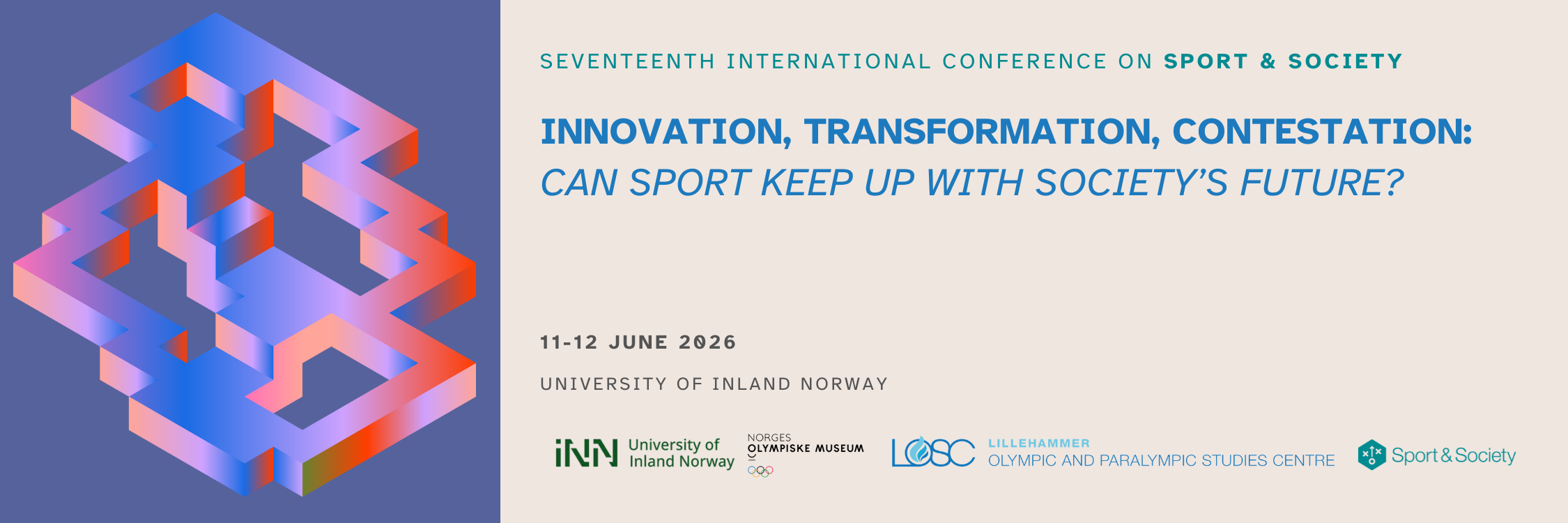Abstract
Mumbai has always played an active role in the development of the sports ecosystem in India. The 150-year-old Bombay Gymkhana in Fort area is one of the oldest clubs in the city. Established in the mid-19th century, the club is under researched, and its history needs to be systematically documented. Furthermore, just like other contemporary clubs set up during the colonial era, Bombay Gymkhana is often stereotyped as an archaic and discriminatory institution that was imported to India by the British. However, work of historians such as Benjamin Cohen has shown that the clubs set up during the colonial period in the Indian subcontinent were never quite the elite, unchanging institutions they are depicted as, and have always shown an ability to adapt to circumstances. This essay will explore the extent to which Bombay Gymkhana has become more inclusive over time, examining its evolution in response to shifting social and cultural dynamics. This study traces the evolution of Bombay Gymkhana over the past 150 years. It situates the club within the broader sporting and urban history of Mumbai, broadly examines its infrastructural development and contributions to sports, and analyses the politics of membership – particularly in terms of race and gender – across the colonial and post-colonial period. By doing so, it seeks to move beyond simplistic narratives of colonial elitism and highlight the processes of negotiation and adaptation that have shaped the institution.
Presenters
Mrunmayee Chandrakant SatamAssistant Professor of History, BITS Law School, BITS Law School, Maharashtra, India
Details
Presentation Type
Paper Presentation in a Themed Session
Theme
Sporting Cultures and Identities
KEYWORDS
Bombay Gymkhana, Sports, Colonial, Urban, Race, Gender

